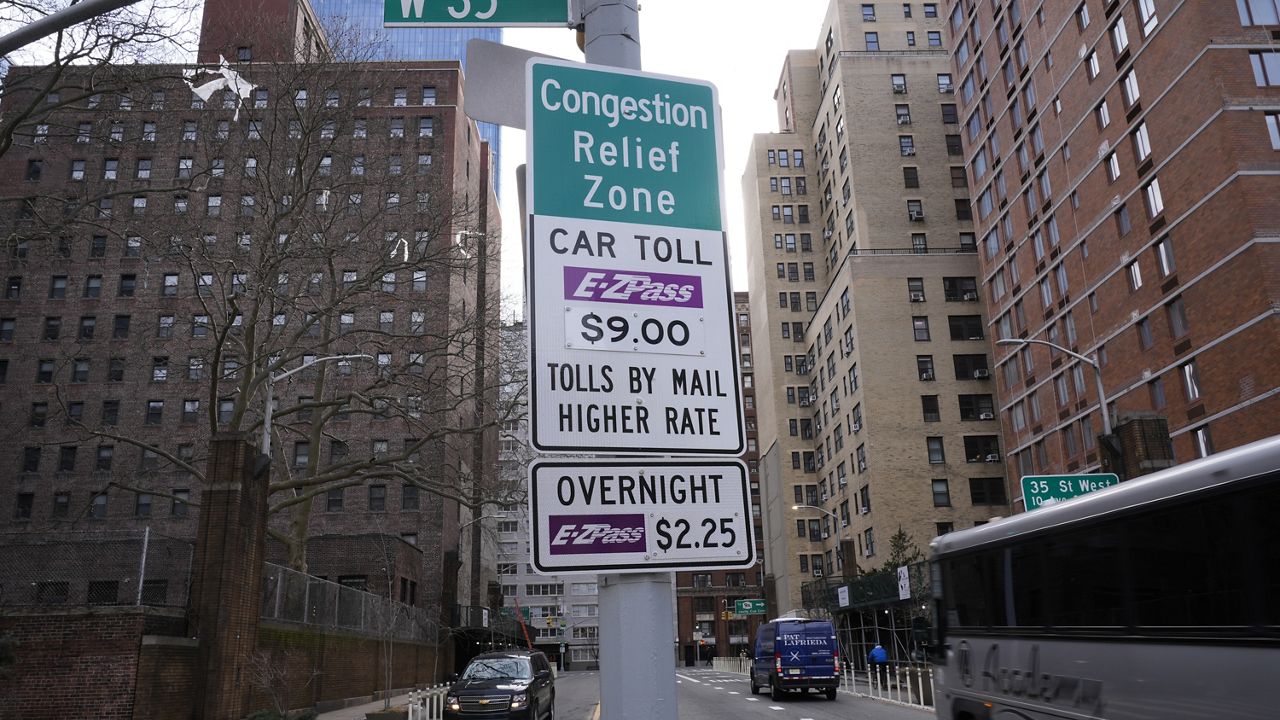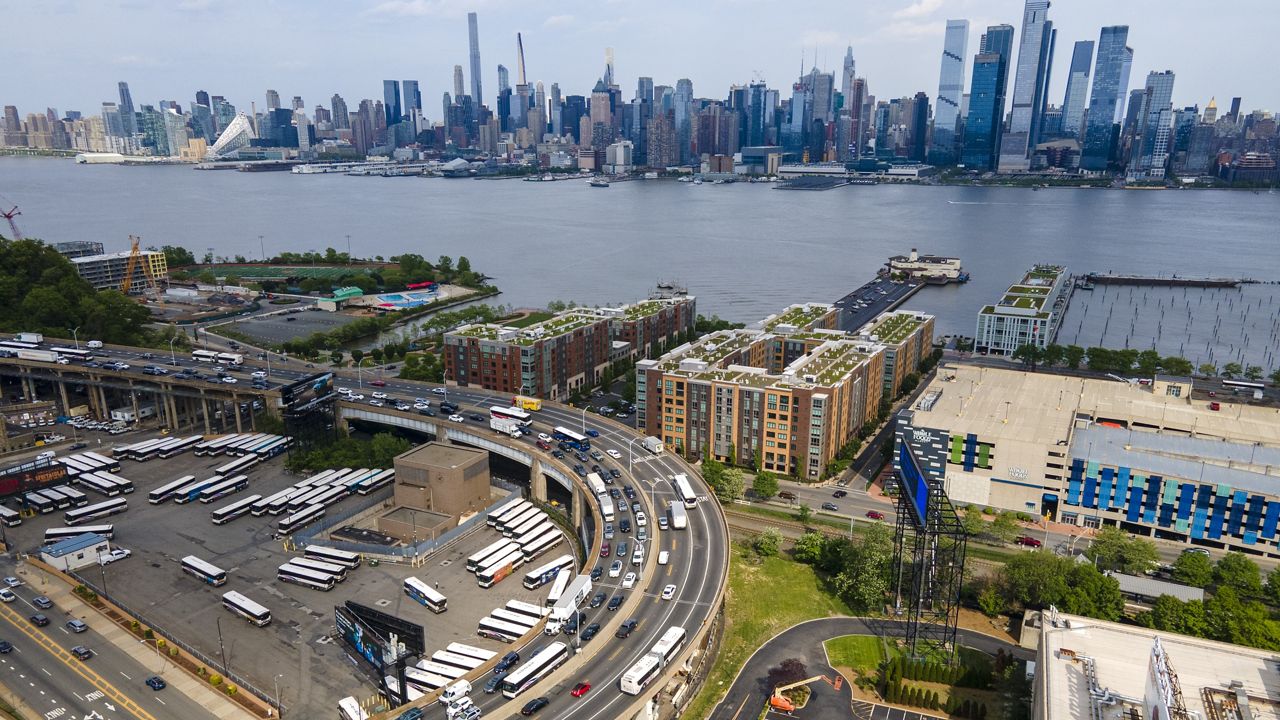Hundreds of protesters gathered outside Gov. Kathy Hochul’s Third Avenue office Wednesday, demanding she backtrack her decision to hault congestion pricing.
“Congestion pricing is about more than just funding the subway. Congestion pricing means accessible stations, less asthma, less pollution, less traffic violence,” Kathy Park Price, a Brooklyn organizer for Transportation Alternatives, said.
What You Need To Know
- Hundreds of protesters gathered outside Gov. Kathy Hochul’s Third Avenue office Wednesday
- The governor announced a "pause" in the plan to charge drivers $15 to enter Manhattan below 60th Street just weeks before it was set to start on June 30
- The governor says her office is fully committed to making all improvements New Yorkers have been promised, including investments in reliability and accessibility
The governor announced a “pause” in the plan to charge drivers $15 to enter Manhattan below 60th Street just weeks before it was set to start on June 30. Supporters of the program say the governor has turned her back on the city’s subway riders.
The MTA expected the plan to generate $1 billion a year to fund its capital projects. Those included modernizing signals for the A and C trains along the Fulton line, improving the timeliness of service and making more stations accessible to people with disabilities.
A number of disability advocacy groups are part of a civil rights case, which requires the MTA to make 95% of subway stations accessible by 2055.
“Why shouldn’t people with disabilities get around like anyone else in the world? It’s unfair to us. We are not different from anybody else, we have jobs,” disability advocate Monique Johnson said.
Just 151 of 472 stations have elevators or are accessible to riders with physical disabilities.
Demonstrations ended at the Bryant Park subway station because it’s one of the inaccessible stations. Protesters said there’s no time for a delay and the time for congestion pricing is now.
The governor says her office is fully committed to making all the improvements New Yorkers have been promised, including investments in reliability and accessibility.







_PKG_CONGESTION_PRICING_HISTORY_CG)